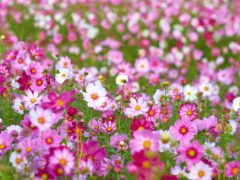
cosmos
Cosmos bipinnatus
Cosmos bipinnatus ia an heirloom garden classic, cosmos ‘Sonata’ flowers open in shades of violet, … Continued
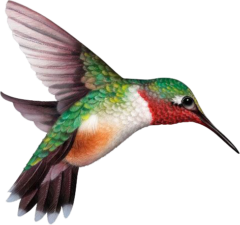 Hummingbirds, bees and butterflies are well-known pollinators, but there are thousands of unsung pollinator heroes, including moths, wasps, flies, and beetles, many mammals, birds, and reptiles, who also take on the job.
Hummingbirds, bees and butterflies are well-known pollinators, but there are thousands of unsung pollinator heroes, including moths, wasps, flies, and beetles, many mammals, birds, and reptiles, who also take on the job.
Pollinators move from plant to plant, fueling up with pollen and nectar from blooming trees, shrubs, perennials, annuals, vegetable plants, and herbs. As they move, the pollinators transport and deposit pollen, fertilizing plants and allowing them to reproduce.
Pollinator plants can be native and non-native, but not all flowering plants are equal when it comes to providing the highest quality protein-rich pollen. Many hybrids don’t even produce pollen at all. The following list includes pollen-rich plants to include in your garden to provide pollinators with food.
Local butterfly expert Lenora Larson has created these informational handouts. You can download them here!
• Butterflies: Flying Flowers in your Garden!
• A Vital Connection: Native Plants and Butterflies
• Long Lips Farm Caterpillar Foodplants
• Butterfly Bartending: Nectar Flowers
• Long Lips Farm: Selected Butterfly Nectar Flowers
• Bee Friendly: Plants for Bees and Other Pollinators
Since 1970 the population of North American birds has dropped nearly 30% — almost three billion birds have vanished from our forests, grasslands, and backyards in less than a human lifetime. It’s a chilling fact that makes it clear that we must act as individuals to help ensure their survival.
Most importantly, ninety-six percent of all terrestrial bird species rear their young on insects so it is also important to grow plants that feed insects to provide a well-rounded habitat in your garden.
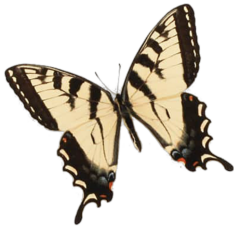

Cosmos bipinnatus
Cosmos bipinnatus ia an heirloom garden classic, cosmos ‘Sonata’ flowers open in shades of violet, … Continued
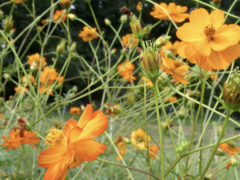
Cosmos sulphureus 'Cosmic Mix'
Beautiful and carefree annuals pair easily with most any annual or perennial and bloom from … Continued
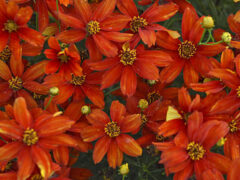
Coreopsis verticillata 'Crazy Cayenne'
Vibrant orange blooms cover compact, rounded perennials. Fiery sunset orange flowers have intense red-orange color … Continued
Cuphea hybrid
Cigar plants are the perfect addition to pollinator gardens attracting hummingbirds, bees, and butterflies. Use … Continued
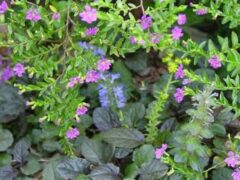
Cuphea hyssopifolia
‘Allyson’ is covered with small lavender blooms, while ‘Floriglory Maria’ is covered with tiny white … Continued
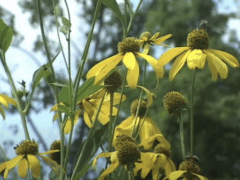
Rudbeckia laciniata
Easily grown in average soil in full sun to part shade, cutleaf coneflower tolerates hot … Continued
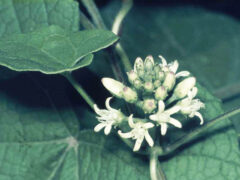
Cynanchum laeve
This twining vine has heart-shaped leaves and white flower clusters following in late summer and … Continued
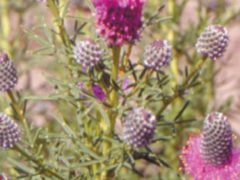
Dalea purpurea
Cylindrical heads of unusual bright purple flowers. Plants require well-drained site. This prairie legume fixes … Continued
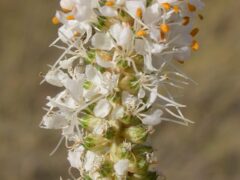
Dalea candida
White flowering spikes bloom over airy, delicate foliage. Prefers well-drained soil and full sun. White … Continued
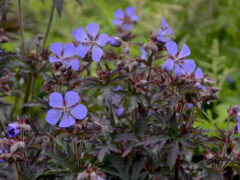
Geranium pratense 'Dark Reiter'
Finely cut plum-purple foliage forms a compact mound with clusters of vibrant lilac-blue flowers from … Continued
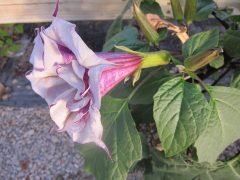
Datura inoxia, Datura metel
Showy large white blooms open over rich dark foliage and deep red stems punctuated with … Continued
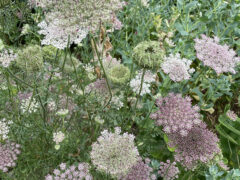
Daucus carota 'Dara'
Closely related to the biennial Queen Anne’s Lace, this showy relative does not take over … Continued